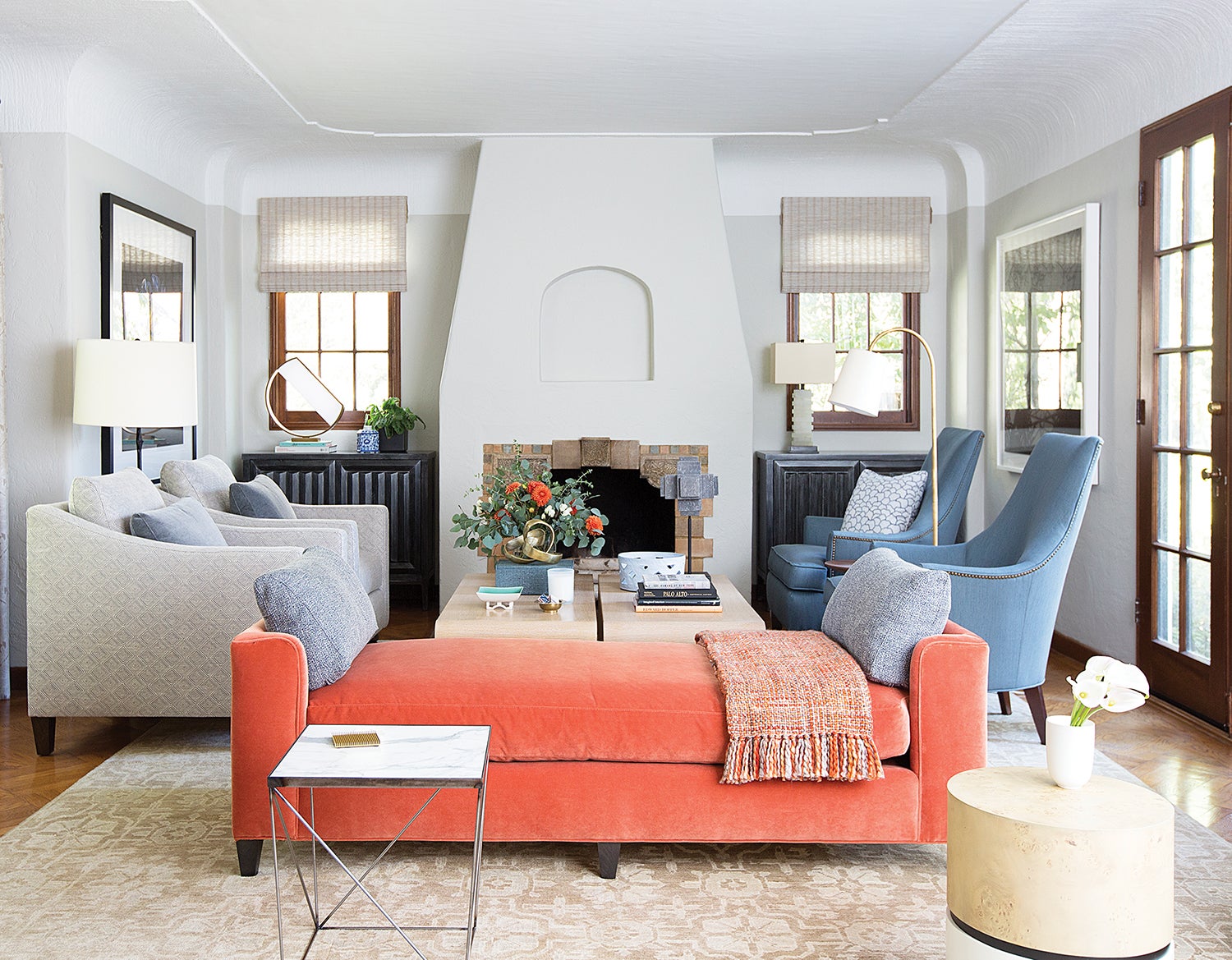Inside the challenges of designing in the tech capital of the world.
The biggest difference between designing a home in Silicon Valley and anywhere else in America is not what you might think. Despite living in the shadow of Google, most clients in towns like Palo Alto and Menlo Park aren’t interested in living like the Jetsons, surrounded by the latest smart home technologies. Instead, because their budgets are often stretched by the exorbitant real estate market and cost of living, their focus when it comes to interiors trends toward no-fuss design.
Thanks to soaring regional property prices, gut renovations are most common. “People spend so much money buying the property that it’s unlikely they’ll tear down an existing house and start over,” says Christine Lin, principal at Bay Area design firm Form + Field. “A new house—that’s a rare opportunity.” How much a designer is legally allowed to renovate depends on where a project is located. Within San Francisco’s city limits, there are strict regulations that preserve historic properties, which, according to the California Environmental Quality Act, include all buildings constructed more than 50 years ago that possess architectural or historical significance.

BOH subscribers and BOH Insiders.











































